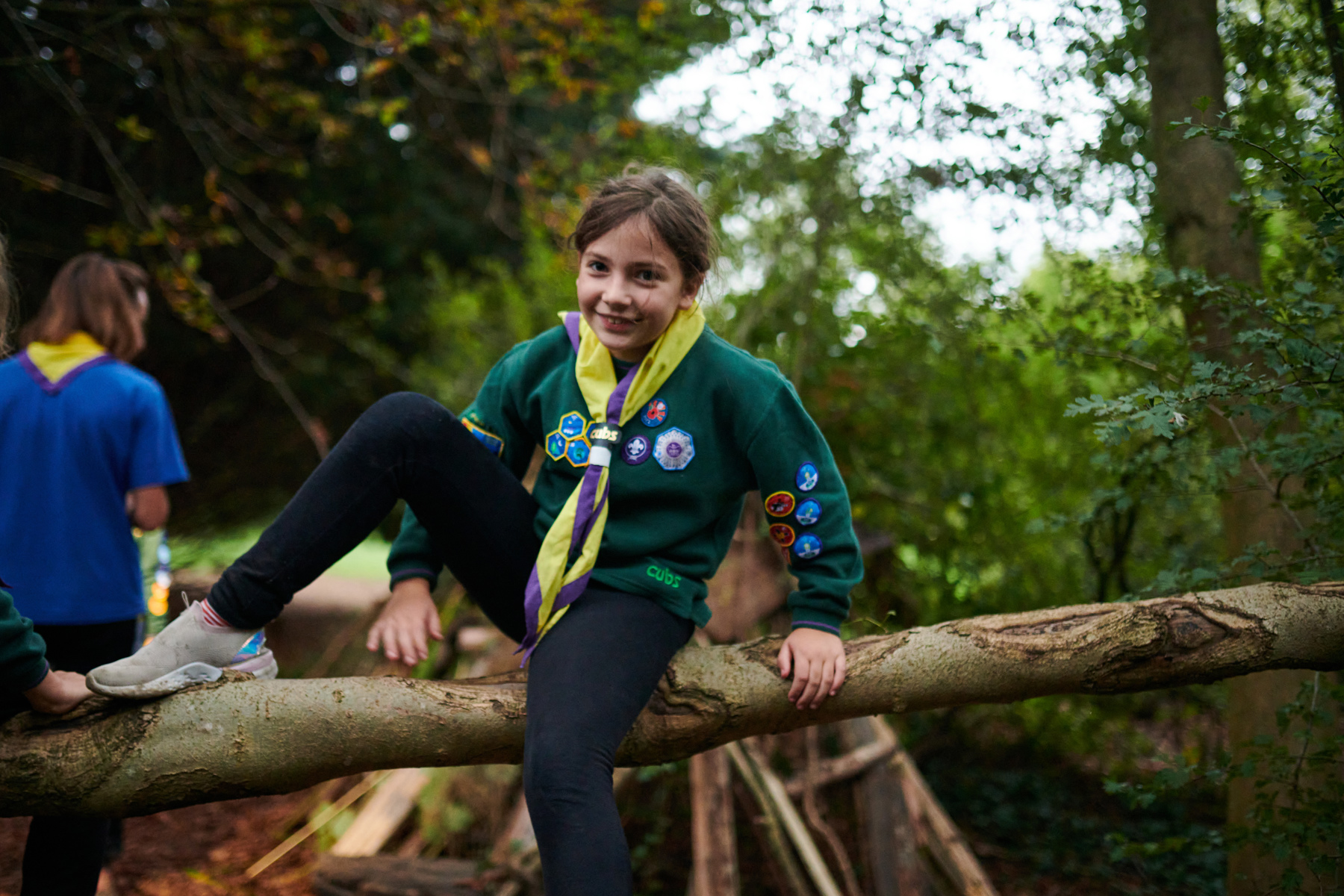Guidance for supervision of activities
FS120339 (Published August 2020)
Background
Within Scouts, we aim to develop skills for life, this includes young people learning about risk management and independence.
Keeping members safe while allowing them freedom can be challenging to balance. We see many incidents occur when members are away from direct supervision of the volunteers leading activities.
This guidance is designed to provide volunteers with some suggestions of how to manage these activities in order to reduce the potential for incidents and injuries.
Types of supervision
There are three types of supervision: direct, indirect and remote. When planning your activities you need to choose the type of supervision, but don’t forget to always maintain your required section ratios.
When considering the type of supervision to be used with our members, the following factors should be taken into account:
- Age - Beavers and Cubs will require more direct supervision than Explorers.
- Competence - The level of experience of the young person completing this activity. A Scout going into a kayak for the first time will require a higher level of supervision than that of an experienced kayaker.
- Activity - Some activities that have a higher risk level, such as shooting, will always have direct supervision.

A leader with a group of young people working on the same activity. This will include a lot of things you will see in general section meetings, like helping Beavers to cut out a template, cooking activities with younger members or supervising a more adventurous activity like archery, climbing etc.
A leader instructs the young people in the activity, but may then leave them to complete tasks themselves. With this type of supervision the leaders must still be on hand to assist if needed, so an example would be Scouts cooking sausages on a gas burner. Before the activity begins the equipment would be checked by the leader. The Scouts would be briefed on what the activity is, told how long they had, how to use the equipment, and given a set of instructions. The leader would check their understanding. The leader would then leave them to do the task themselves but be close enough to observe in general what was going on and would be aware of what issues may crop up that would require intervention - for instance be able to spot where behaviour may become an issue or if the oil was getting too hot in the pan. Where there are younger scouts who have not used the equipment before, or anyone with additional needs who requires assistance, the leader would be on hand to help at different stages of the activity.
Cubs, at camp, collecting firewood. Before the activity they would be told where the boundaries are, and what they can do, collect dead wood only, not climb trees and their understanding would be checked. The leader could have an agreed signal such as a whistle, which, when heard, meant they had to come straight back. The Cubs would be out of sight, but with a clear set of boundaries, for a limited time and an agreed signal.
Beavers visiting the park, using the play ground equipment. The Beavers would be told what equipment they could use and what the boundaries are (not to leave the play area). The leader would check that they had all understood, and would remind them about sharing and general behaviour expected. The leaders may then watch from a bench, but have an overview of what they are doing and intervene if there were issues such as pushing or squabbling before it resulted in an injury.)
This is often where peer led activities with Scouts and Explorers will fit, the leader will help with the planning and preparation and will put in place a supervision plan to ensure that the group is monitored and supported and there are systems in place to make contact between the group and the leader. Remember with this the leader is still responsible for the group so they need to have clear systems in place as well as the confidence in the groups abilities to stay safe and stick to the plans. Remote supervision is most suited to Scouts and Explorers and will often be used to enable independent expeditions as well as peer led nights away activities.

Supervision Plans
Supervision plans should include:
- Number of Members - How many people are in the group? Head counts should be carried out when you observe / meet with the group.
- Contact Arrangements - How are you planning to stay in contact with the members? Depending on the activity and skills of the members this may include:
- Meeting the group at set times or checkpoints, you should also identify their estimated times of arrival.
- Shadowing - tracking the progress of a group remotely, without them meeting you.
- Sweeping - following the group.
- Use of technology - Mobile phone and location trackers may be used, but should not be the only form of contact arrangements with members.
- Hazards / Areas of Risk - You may be able to identify areas of greater hazard, such as a river crossing on a route, or a location where navigational errors are more likely to occur.
- Nights Away Passport - If a group of Scouts or Explorers are to be remotely supervised overnight, a Nights Away Passport will also be required.
- Emergency plans - Identifying what the process is for either the group or the supervisor if they believe there is an issue, from a member of the group getting injured to the whole group getting lost.